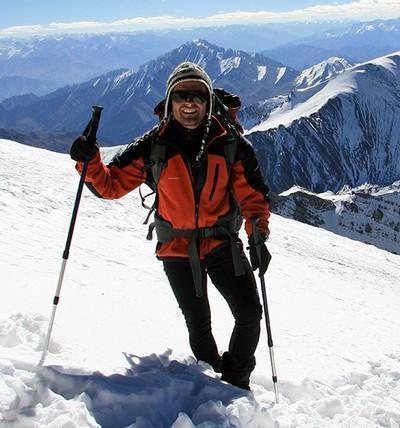A ski jacket is made to block the wind and keep you warm, as well as provide useful features such as pit zips for ventilation and plenty of pockets. They are also built with high-quality materials and are specialized for skiing. Because of this, they may have features you don't need for everyday use. These features include waterproofing and insulation.
Winter Coats Are Not Designed for Sports Activities
Winter coats are made to protect you from the cold. These coats are typically insulated and are not designed for sports activities. These coats are bulky and can restrict movement. However, they do keep you warm. They are not designed for activities like sports, but they can be used by people who need to keep warm indoors.
Insulation
Insulated jackets are made of layers of bonded fabrics and a water repellent coating on the outer fabric. They can be worn alone or under a shell, and offer more insulation than a normal jacket. They come in different types, including down and synthetic insulation. They are lightweight and can be easily layered over a normal jacket. However, they do not insulate as well as down if they are wet.
Midlayers are also different, and different types of insulators provide different levels of warmth. For instance, a fleece jacket is lightweight but bulky, while down jackets are expensive but compressible. Compared to down, synthetic jackets are more expensive but continue to provide insulation even when moisture seeps in. It is best to purchase a jacket with multiple layers for maximum warmth and comfort.
The insulation level of a normal skiing jacket depends on the lining of the jacket. It can be made of taffeta or quilted polyester. Some high-tech brands use fancy compact foam or other lightweight materials for the lining.
Waterproofing
When you're planning to buy a skiing jacket, waterproofing is one of the most important features to look for. Whether you live in a region with consistent, light snowfall or you're a highly-aerobic skier, you'll want a jacket that keeps out the water and keeps you comfortable. Fortunately, there are many different types of jackets that have various levels of waterproofing.
If you're just learning to ski or snowboard, the first thing you need to know is how to protect your skin from the cold. A standard winter coat won't protect you from the elements, and it will likely take a beating during the first couple of days. A rogue ski pole or branch can tear a normal coat, and it's not your fault. A normal coat just wasn't made to get wet, so it won't stand up to the impact of a ski or snowboard.
The best way to waterproof a normal skiing jacket is to buy a jacket with multiple layers. Two-layer jackets have a waterproof membrane bonded to the outer shell. A second layer can either be plastic-feel laminate or mesh. This helps protect the waterproof membrane from dirt and oils that might saturate it.
Flexibility
When choosing a normal jacket for skiing, it is important to consider the flex rating of the jacket. This rating helps you make the right decision based on your skiing style and ability. It is typically rated on a scale of one to ten. The higher the number, the stiffer the jacket will be, and the lower the number, the softer the jacket will be.
Another factor to consider is the length of your stride. A longer jacket will restrict your lower body's range of motion and make walking or skiing more difficult. A longer jacket will also make it more impractical to ski in the backcountry. Skiers should choose a jacket that fits well and allows full range of motion for their legs.
A ski jacket can be divided into two types: insulated and non-insulated. The first type provides warmth and protection against the elements, but does not have any insulation. These jackets are great for cold conditions and can be worn over a baselayer or fleece. These jackets are a popular choice for many skiers. A second type is called a shell jacket, and is made of waterproof fabric and a breathable membrane. Although it does not offer insulation, shell jackets are great for any weather conditions, and are more flexible than insulated jackets.





